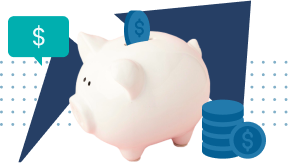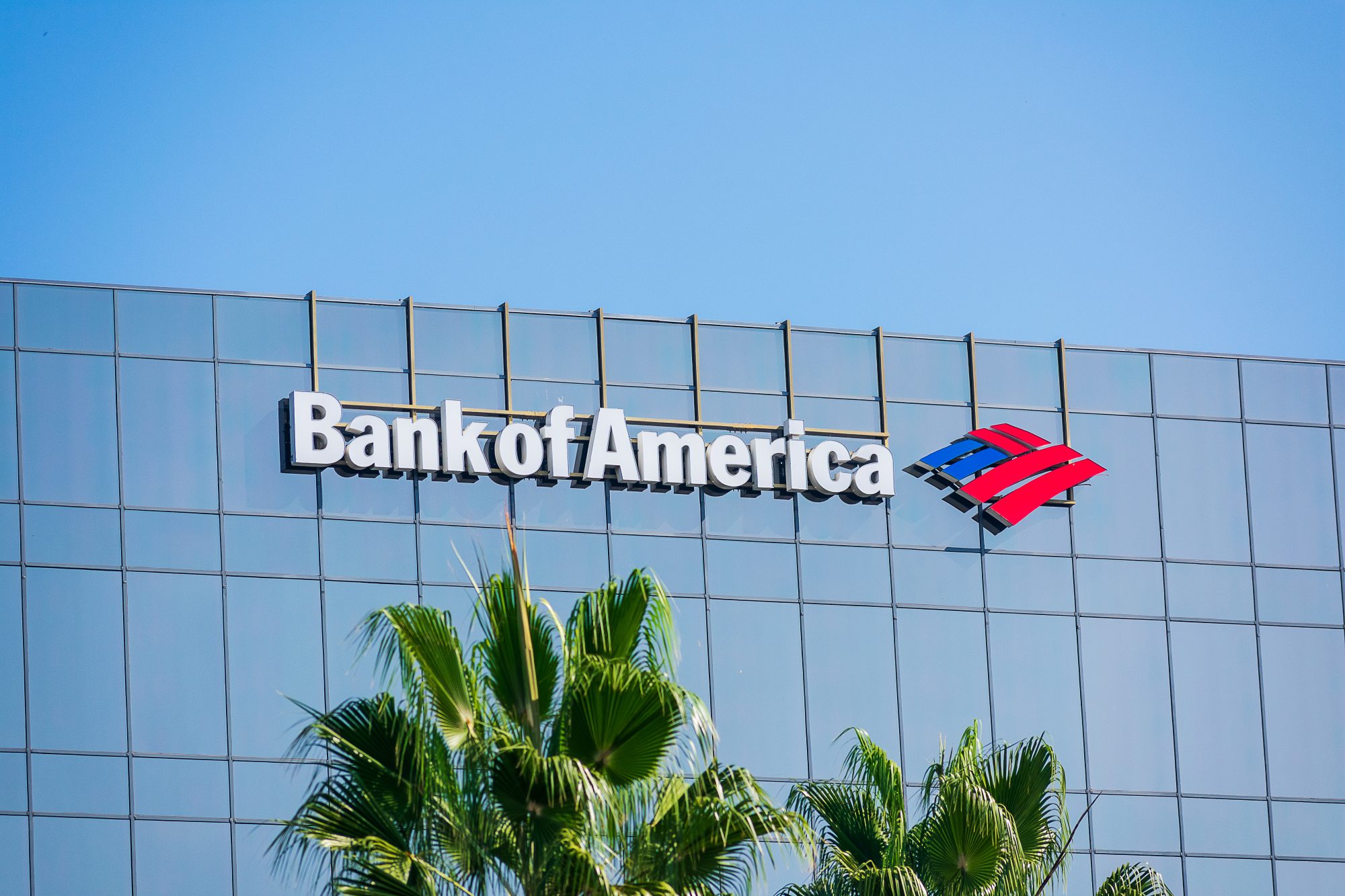Many readers ask me for a good book on financial institutions, and this is a good one, if limited to depositary financials, not including insurance companies and asset managers.
This is a comprehensive book for depositary financials, even covering Islamic finance, which I will admit I learned from it. It is a good thing to understand in depth those with whom you you disagree. Islamic finance imbibes the errors of Aristotle, who deemed money to be sterile. Why force everyone into a mold where there can’t be loans at interest? Why restrict that freedom?
But that is a small part of the book. Most of the book deals with how banks operate. It is very good at describing how banks create profitable lending, and how they act within regulatory boundaries.
It’s a good book, and I recommend it to all.
Quibbles
That said, there were many small errors in the book, which if the author had been an intelligent bond trader, the errors would not have been in the book.
As an example, on page 32, he called an MBS to be a CDO. Yes, in an attenuated way that might be so, but for professionals that know the market, we would never phrase it that way.
Who would benefit from this book: Almost anyone will benefit from this book, but those who will benefit most are those who analyze banks. If you want to, you can buy it here: Banking and Financial Institutions: A Guide for Directors, Investors, and Borrowers (Wiley Finance).
Full disclosure: The publisher sent me the book after he offered me a review copy.
If you enter Amazon through my site, and you buy anything, I get a small commission. This is my main source of blog revenue. I prefer this to a “tip jar” because I want you to get something you want, rather than merely giving me a tip. Book reviews take time, particularly with the reading, which most book reviewers don’t do in full, and I typically do. (When I don’t, I mention that I scanned the book. Also, I never use the data that the PR flacks send out.)
Most people buying at Amazon do not enter via a referring website. Thus Amazon builds an extra 1-3% into the prices to all buyers to compensate for the commissions given to the minority that come through referring sites. Whether you buy at Amazon directly or enter via my site, your prices don’t change.
By David Merkel, CFA of alephblog











